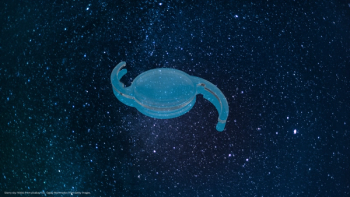
The battle of the giants: Tecnis versus ReSTOR
80% of Tecnis patients and 85% of ReSTOR patients were very happy with all aspects of their vision, with the majority of patients in both groups deciding not to return to glasses, even for intermediate vision
The competitors
Among the multifocal IOLs available on the market, two models are currently competing for surgeons' affection in Europe: ReSTOR (Alcon) and Tecnis (AMO). Both models are diffractive lenses, however, they differ in their biomaterial and design.
In order to settle the dispute over which of these lenses provides the best patient outcomes, we conducted a comparative randomized study evaluating both lenses.
Putting them to the test
Twenty-eight patients were randomized into two groups and were bilaterally implanted with the same IOL. Group 1 (15 patients, 30 eyes) received Tecnis and patients in group 2 were bilaterally implanted with ReSTOR (13 patients, 26 eyes). During the course of the study, two eyes in group 1 and one in group 2 were excluded because of amblyopia (best corrected visual acuity of 0.3 to 0.4). The mean age of patients was 56 ± 8 years (41 to 73) in group 1 versus 59 ± 7 years (45 to 76) in group 2.
Four eyes were operated for true cataract in group 1 and three in group 2; while all other eyes benefited from refractive lens removal for presbyopia. Reported follow-up ranged between one and 19 months, giving a mean value of eight months postoperatively.
Lens calculation was performed using ultrasonic biometry and a constant of 119 for Tecnis and 118.5 for ReSTOR. The average calculation was achieved using four formulas (SRK T. SRK II, Holladay, Haigis and Hoffer Q for high hyperopia). Mean value for lens power was 26.1 D ± 4.9 D (20.5 to 34 D) in the Tecnis group and 20.1 ± 4.4 D (14 to 30 D) in the ReSTOR group.
How did they do?
The refractive results were comparable between the two groups with no statistically significant difference. The mean preoperative and six-month postoperative values were:
Newsletter
Get the essential updates shaping the future of pharma manufacturing and compliance—subscribe today to Pharmaceutical Technology and never miss a breakthrough.








































